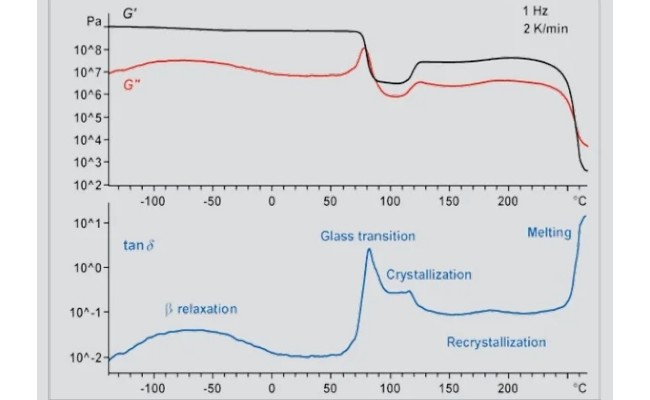- Call: +1 850 633 2663

This training is a different approach regarding not just FTIR and not just DMA, but what you can expect and achieve by combined study of FTIR and DMA. As you know that analysing samples is a combination of different techniques and in this training, instructor will show the features you will encounter in FTIR, which will be also present in DMA. These phenomena's can be seen in crystalline polymers like polyethylene, polypropylene, EVA etc. but also in amorphous polymers, like SBR, SBS, VAE, PVAc, acrylics etc.
Can you determine the content of a certain monomer in a polymer by FTIR or by DMA? Do you see a relationship between those two techniques and does it help to improve your determination? The samples are in general not completely homogenous and then is it needed to use more than one technique to reveal the composition. And this is because the IR-beam is not evenly distributed in the sample when measured. Further, instructor will show you also the behavior of mixtures or polymers. Crystalline polymers may show a lag in the DMA-analysis, but you can see that also in FTIR.
This training gives you new ideas for analysing materials by combining FTIR and DMA. It will give you appetite to start using these techniques again, Or even to approach difficult analysing problems with a combination of techniques which can be used to assist with product development efforts.
Must have training for R&D groups (adhesives as well as polymers) of organizations and formulators. In addition, people involved in the materials development areas and having interest in FTIR and DMA will also benefit from this training.
4 reviews